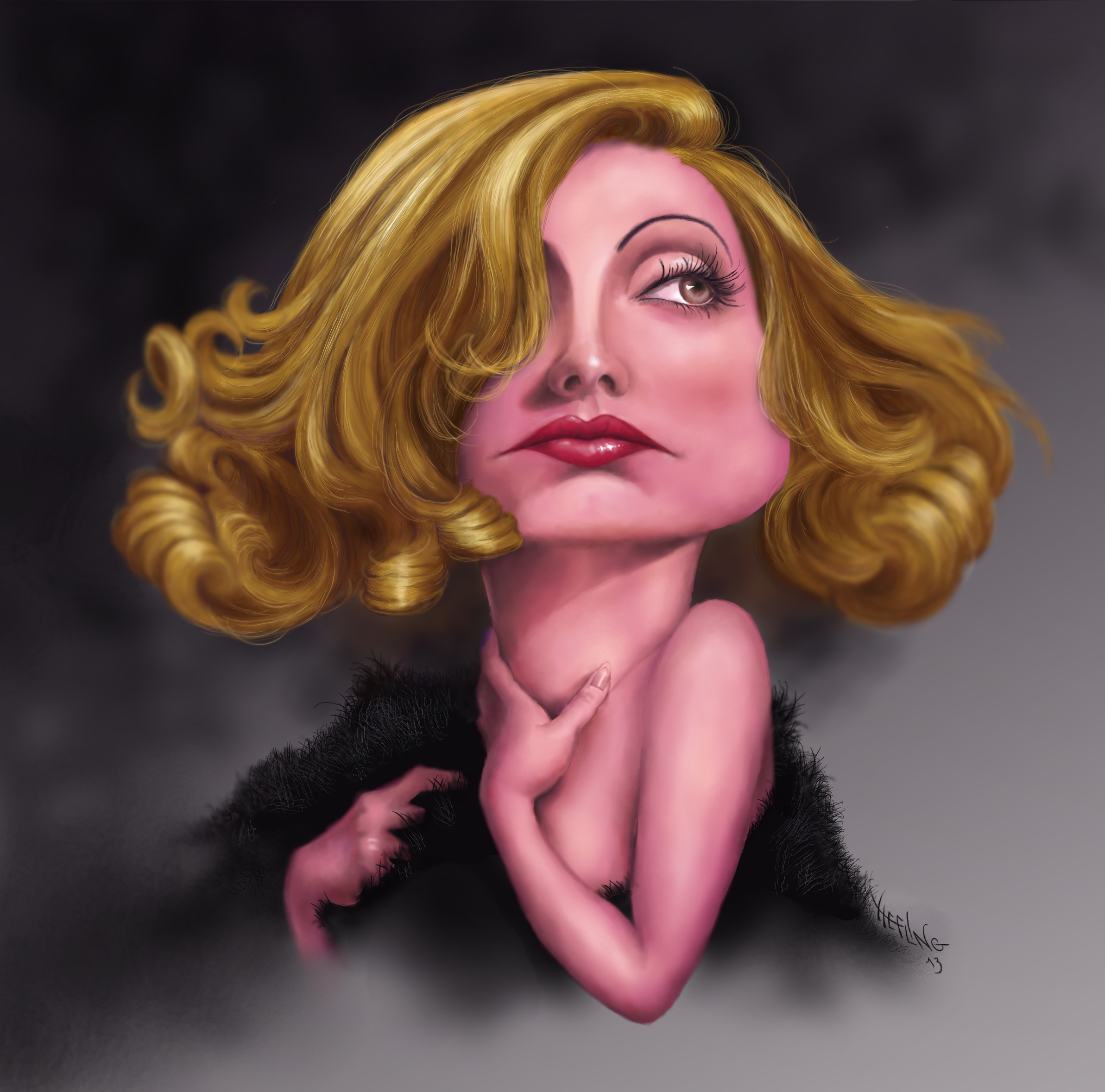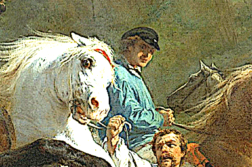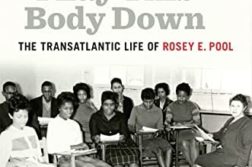MY FIRST GRETA GARBO experience was the 1933 film Queen Christina. From the moment she appeared on the screen, I found myself breathless, overcome by her cinematic presence. I barely paid attention to the story or the other characters; all I saw was Garbo. I went back to see this film several times. I had no idea what was going on for me. Never before had I been so riveted by a performer.
During this period, I experienced a synchronistic occurrence—a Greta Garbo sighting. I had just left Hunter College and was walking on 68th Street toward Lexington Avenue, and I stopped at the corner to wait for the light to change. I was busy with my briefcase looking for subway money when I realized that I was standing next to Greta Garbo, who was wearing a large floppy hat and belted trench coat. I was frozen in place. I wanted to tell her that I loved her movies but remained silent and staring. By the time I recovered my senses, she had crossed the street and was halfway up the block. The feelings that I had experienced during this strange encounter were similar to those that I felt while watching her as Queen Chris-tina—feelings of veiled passions.
Many years later, during the Covid lockdown, I watched Queen Christina in a DVD format. I wanted to see what my reactions would be some 54 years later. This time, I paid attention to the film through a queer theoretical gaze. The film was a 1933 pre-Hays Code historical extravaganza depicting the life of the Swedish Queen Christina. Played by Garbo, Christina is expected to marry, yet she keeps putting off this obligation. She falls in love with the Spanish Ambassador, Antonio Pimentel de Prado (John Gilbert), who’s Roman Catholic and thus ineligible to be her husband. To be with him, she abdicates the throne, but then Antonio dies in a duel, forcing Christina to carry on alone. The movie fades out with Garbo at the prow of a ship, her hair windblown, her expression blank so that viewers can project their own thoughts and feelings onto the one-time queen.
When she first meets the Spanish Ambassador, Queen Christina is dressed in male garb and he mistakes her for a young nobleman. They exchange homosocial banter that can be interpreted as flirting. Next, they meet at the inn where both will stay for the night. The Ambassador finds out that there are no more rooms. The innkeeper, thinking that the young nobleman (Christina in disguise) would easily agree, asks if “he” would share the room with the Ambassador. At first finding the idea of sharing her room with a man “unseemly,” she nevertheless consents to the plan. They retire to the bedroom, Christina reveals herself to be a woman, and before you know it, Christina and the Ambassador are in each other’s arms, in love.
All of this is very queer. The conceit of the masquerade has been used historically in many plays and operas. Cross-dressing in Queen Christina is very similar to the “travesti” or “trouser” role in opera, in which a female character dresses and acts as a man, as in such works as Mozart’s The Marriage of Figaro or Richard Strauss’ Der Rosenkavalier. Queen Christina is a film filled with disguises of identity, gender, and sexuality, as well as with visual double entendres. While Christina’s abdication in the name of true love seems to follow a heteronormative trope, the underlying message is that she has freed herself from conforming to the restrictive roles and rules of society.
In Garbo (2021), cultural critic Robert Gottlieb reported that Greta Garbo thought Queen Christina to be her best film. In this well-researched biography, he suggests that “from childhood on she often spoke of herself as a man or a fellow or a boy.” He goes on to ask whether it’s a case of “simple cross dressing, or gender confusion? … [H]ow ironic if the ‘Most Beautiful Woman in the World’ would really rather have been a man.” I would propose that perhaps Garbo wanted to be free of gender constraints altogether. Her oft reported desire to “be alone” might be construed as a desire to escape the demands of the Hollywood dream factory, including its gender rules. Gottlieb also reported that when Garbo was asked why she stopped making movies, she replied: “I got tired making faces.”
Ah, but the faces she made! As I look back at my half-century love affair with the confection known as Garbo, I must confess that my need for a mythic goddess is undiminished. Those of us who are still enraptured by the magic of the silver screen continue to hold onto Garbo for her queer beauty and the mysterious power that she has over us. We choose to live in the mystical impossibility of Garbo.






